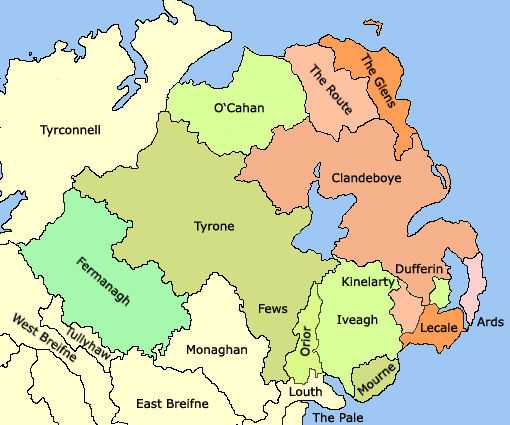
A young widow married off to a Prince as part of an alliance, lives to become a Queen in a tumultuous time.
Story in the evening...
Story in the evening...
https://twitter.com/Arby_K/status/1405714695357571077
Anne Neville was born in 1456 to Richard Neville and Anne Beauchamp, Countess of Warwick. Richard Neville's aunt, Cecily Neville, was married to Richard of York, who was earlier the Lord Protector of England. 1/10 

England was edging towards a civil war when Anne was born. King Henry VI was not seen fit for rule and his opponents rallied around the King's nearest adult male relative, Richard of York, dividing England into Lancastrian (Ruling) and Yorkist camps. 2/10 

Richard Neville, who was also King Henry's second cousin, sided with York. He was also one of the wealthiest nobles in the Kingdom. In addition to Warwick which he ruled jure uxoris, he inherited Salisbury from his mother in 1462. 3/10 

In 1459, the senior Richard Neville led the Yorkists to victory at Blore Heath. As the battles grew in numbers, the Lancastrians dealt a terrible blow at Wakefield. Richard of York was killed and the senior Neville was executed. York also lost a son and Warwick a brother. 4/10 

But Richard's son, Edward, won at Towton forcing King Henry and his family to flee. Edward became King and his elder cousin, Warwick, his chief advisor. But by 1469, the relations between King Edward and Earl Warwick had broken down. 5/10 

Edward had married Elizabeth Wydeville, a widow in 1464. A non political alliance, unorthodox for a King. Warwick, feeling sidelined in the rule, opened negotiations with ex Queen Marguerite. An alliance was formed and Anne Neville married Edward, the former Prince of Wales. 6/10 

Warwick brought his daughter's father-in-law back to power in 1470. Edward fled for France, but returned in 1471. Warwick was killed at Barnet and Edward, Prince of Wales, at Tewksebury. King Edward was back on the throne. 7/10 

Anne's elder sister, Isabel, was married to Edward's younger brother, George. Newly widowed, Anne married Richard, youngest son of Richard of York, in 1472. George died in 1478 and Isabel in 1476. King Edward died in 1483 and was succeeded by his son, Edward. 8/10 

Richard had led the English force against Scotland and gained Berwick in 1483. As Edward was still young, Richard was designated as Lord Protector. But a power play by the Wydevilles fell flat and Richard usurped his nephew and seized the throne. 9/10 

Queen Anne died in 1485. Her only child had predeceased her. The marriage of King Edward IV and Elizabeth Wydeville was declared invalid, because of a prior betrothal. King Edward V and his brother were imprisoned and went missing. 10/10 

• • •
Missing some Tweet in this thread? You can try to
force a refresh













